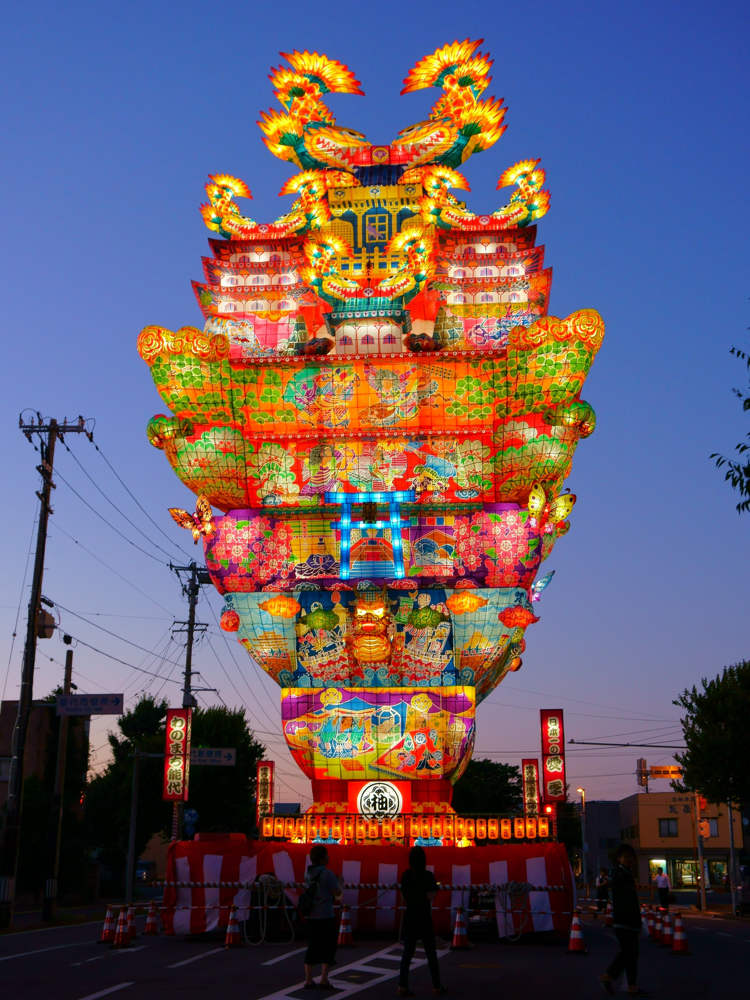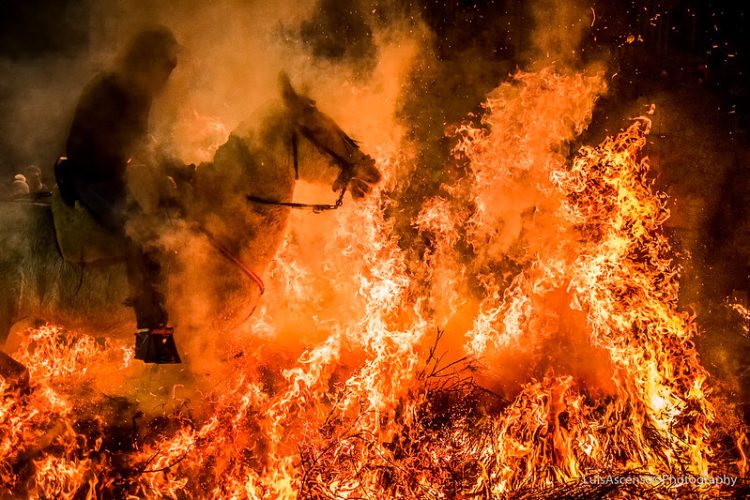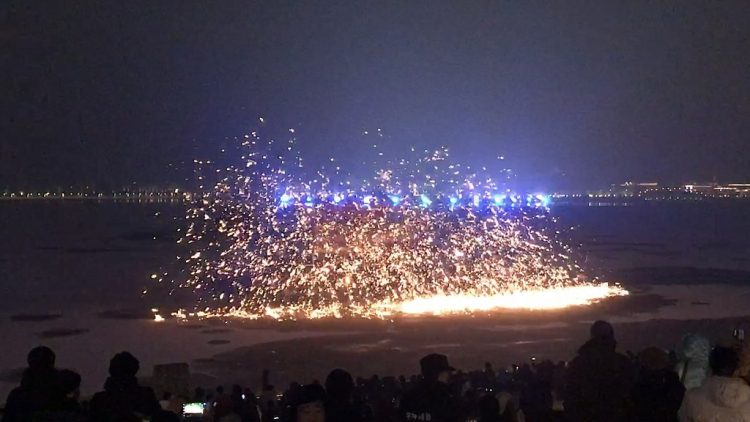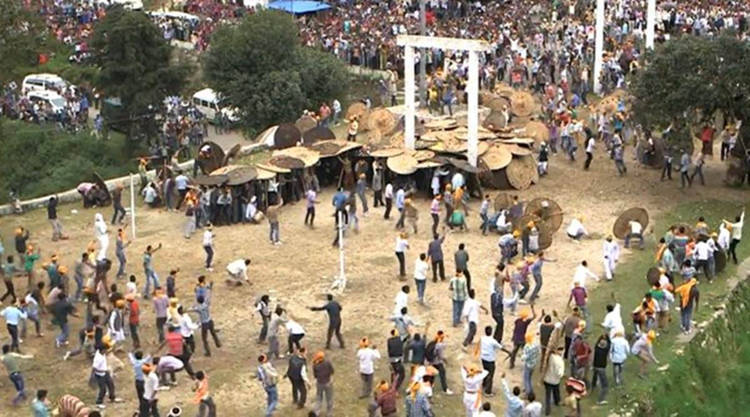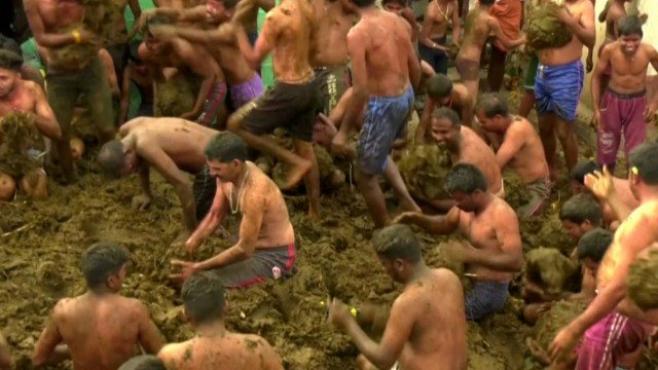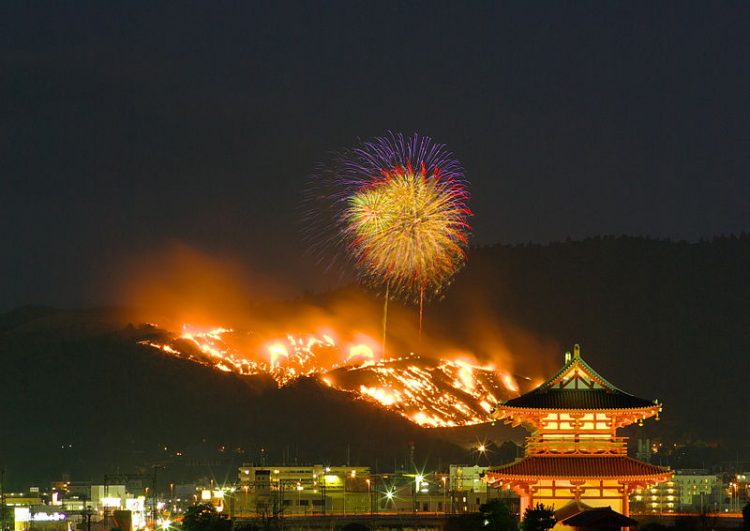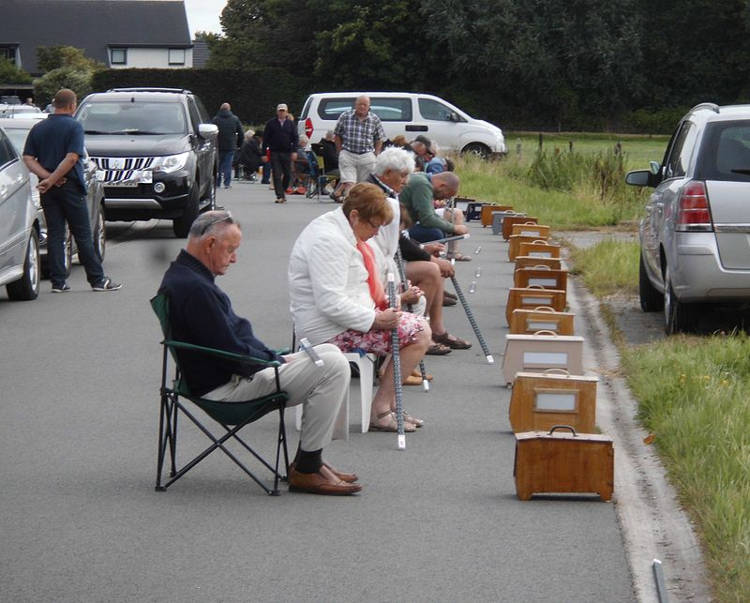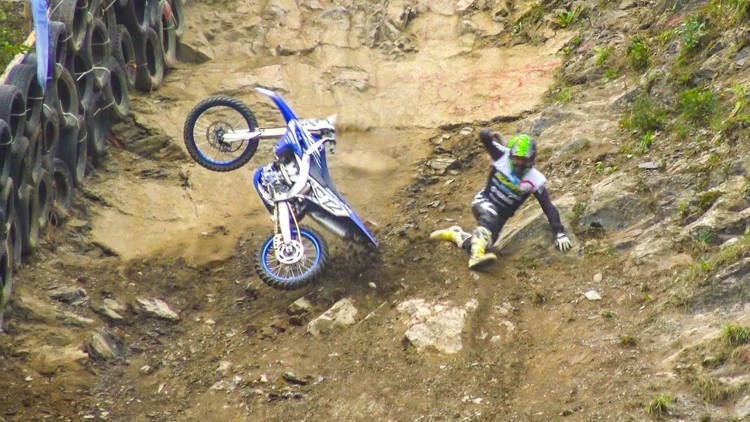Float festivals take place all around the world, but you’ll have a hard time finding intricate, illuminated works of art quite like the ones paraded in Japan.
When it comes to designing and creating colorful, eye-catching floats that illuminate the night sky, no one does it better than the Japanese. The sheer size of these mesmerizing floats is impressive enough, but most times they also feature intricate designs inspired by Japanese history, mythology and culture. From the record-setting giant floats of the Tenkū no Fuyajō festival in the city of Noshiro, to the impressive works paraded during the world-famous Tachineputa Festival of Goshogawara, there are plenty of reasons why Japan is probably the best place to visit for giant illuminated floats.

